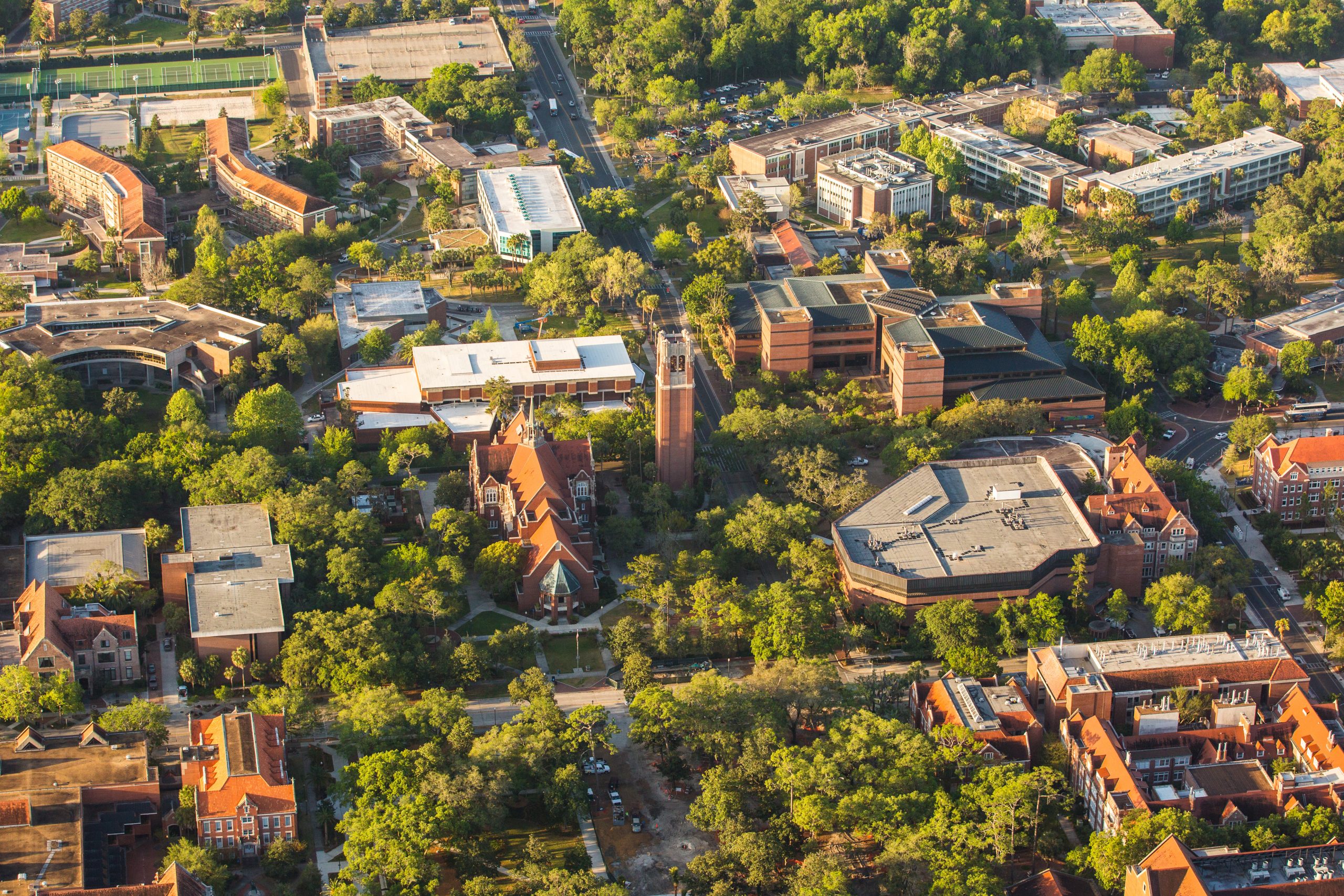
Scientific Diving
Diving performed solely as a necessary part of a scientific, research or educational activity by employees whose sole purpose for diving is to perform scientific research tasks.
Definition – Scientific diving at the University of Florida is defined below by OSHA (29 CFR 1910.402 and AAUS (section 1.10).
OSHA Conditions 29CFR1910.401(a)(2)(iv)
This diving is under the direction and control of a diving program containing at least the following:
Diving safety manual which includes at a minimum: Procedures covering all diving operations specific to the program; procedures for emergency care, including recompression and evacuation; and criteria for diver training and certification.
Diving control (safety) board, with the majority of its members being active scientific divers, which shall at a minimum have the authority to:
Approve and monitor diving projects; review and revise the diving safety manual; assure compliance with the manual; certify the depths to which a diver has been trained; take disciplinary action form unsafe practices; and, assure adherence to the buddy system (a diver is accompanied and is in continuous contact with another diver in the water) for SCUBA diving.
Guidelines for Scientific Diving (Appendix B to 29CFR1910 Subpart T)
The Diving Control Board consists of a majority of active scientific divers and has autonomous and absolute authority over the scientific diving program’s operations.
The purpose of the project using scientific diving is the advancement of science; therefore, information and data resulting from the project are non-proprietary.
The tasks of a scientific diver are those of an observer and data gatherer. Construction and trouble-shooting tasks traditionally associated with commercial diving are not included within scientific diving.
Scientific divers, based on the nature of their activities, must use scientific expertise in studying the underwater environment and therefore, are scientists or scientists in training.
